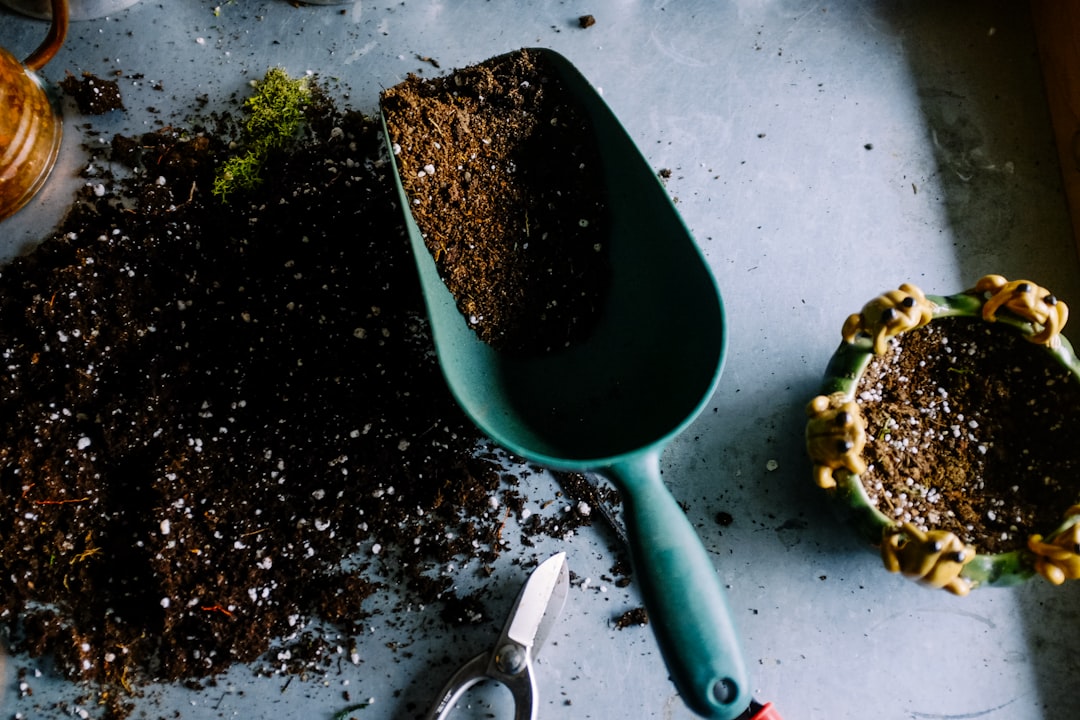What is it about?
X-ray reflectivity is one of the most important methods for atomic scale studies of interface phenomena such as adsorption, growth, segregation and alloying at liquid/liquid interfaces. Such studies at modern sources, such as free electron lasers, are currently impeded by the lack of dedicated liquid surface diffractometers. Here, we demonstrate that this obstacle can be overcome by an alternative experimental approach that uses the natural curvature of a liquid drop for variation of the angle of incidence. This will allow structural studies with the coherent femtosecond X-ray pulses offered by these new sources as well as at high brilliance synchrotron sources. It will allow unprecedented access to atomic structure at liquid interfaces and is therefore of fundamental importance to interface science in general and liquid interfaces in particular, as well as to biological inspired interfaces, electrochemistry and to the study of water and liquid metals.
Featured Image
Why is it important?
This opens exciting new opportunities to investigate the structure at liquid surfaces right down to the atomic scale without a dedicated liquid scattering instrument. This means that not only the structure and dynamics of a liquid interface my be simply accesses but also nucleation, growth, and chemical reactions at liquid interfaces can be studied in situ or in operando at many instruments at a high brilliance synchrotron or a free electron laser.
Perspectives
Having spent many years developing specialised instrumentation for the study of liquid interfaces , It is very exciting to see that, due to the excellent beam quality now available, a more simple approach can work. Currently studies of liquid and liquid interfaces are restricted to specialized instruments this method frees one from this requirement.
Bridget Murphy
Christian-Albrechts-Universitat zu Kiel
Read the Original
This page is a summary of: X-ray reflectivity from curved liquid interfaces, Journal of Synchrotron Radiation, February 2018, International Union of Crystallography,
DOI: 10.1107/s1600577517018057.
You can read the full text:
Contributors
The following have contributed to this page










